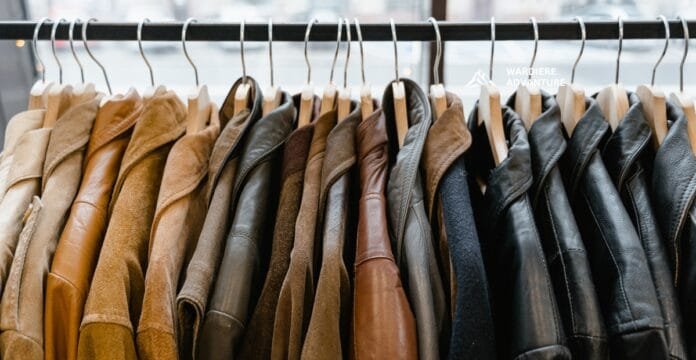A leather jacket does much more than provide warmth. It embodies a person’s fashion sense, strength, and style. Leather jackets are worn by rebellious figures like rockstars and even military aviators, making them culturally and historically important. In this blog, you’ll learn everything about leather jackets such as their origin, the manufacturing process, types and uses, certifications, and even some environmental concerns.
1. History of the Leather Jacket
A leather jacket’s history traces as far back as the 1900s alongside aviators and military personnel who wore them for warmth during World War I.
Later in the 1950s, leather jackets transitioned into a fashion statement, sporting one became an ide. Marlon Brando and James Dean were early adopters, rocking them in movies which solidified the leather jackets ‘bad-boy’ reputation.
Musicians and bikers began wearing leather jackets in the 1980s and 90s, making them popular around the world. Now, they are worn by all kinds of people and remain a staple piece for any outfit.

2. What Is a Leather Jacket?
A leather jacket is an outerwear garment made from the hides of animals like cows, goats, or buffalos. The hides are treated to make them supple and strong.
Key Characteristics of a Leather Jacket
Material:
Genuine leather jackets are made from animal hide that has been processed and treated through a method called tanning. This process transforms raw animal skin into soft, flexible, and long-lasting leather.
Appearance:
Leather jackets have a rich, luxurious look. They often come in natural tones such as black, brown, tan, and grey, though dyed versions are also available.
Texture:
Depending on the type of leather and finish, the surface can be smooth, pebbled, suede-like, or shiny.
Lining:
Most leather jackets are lined with polyester, cotton, satin, or wool, providing extra warmth and comfort.
Fastenings and Features:
- Zippers, buttons, or belts
- Pockets—both functional and decorative
- Collars—snap tab, stand-up, or lapel styles
- Waistbands and cuffs—often elastic or zippered
Popular Styles of Leather Jackets
Leather jackets come in various designs, each suited to different tastes and uses:
- Biker Jacket: Biker Jacket Heavy-duty with asymmetric zippers and metal details. Originally made for motorcyclists.
- Bomber Jacket: Bomber Jacket Short, waist-length with elastic cuffs and waistband. First worn by WWII pilots.
- Racer Jacket: Racer Jacket Minimalistic, sleek design with a front zip and little to no embellishment.
- Aviator Jacket: Aviator Jacket Lined with shearling for warmth, inspired by military flight gear.
- Leather Blazer: Leather Blazer A stylish, structured version that can be worn formally.
What Makes Leather Jackets Special?
- Durability: Lasts for decades when properly cared for.
- Aesthetic Appeal: Always in trend—symbol of rebellion, luxury, or ruggedness.
- Versatility: Can be worn year-round, layered with hoodies or worn over T-shirts.
- Symbolic Value: Associated with rock culture, military heritage, and cinematic icons.
| Feature | Leather Jacket | Regular Fabric Jacket |
|---|---|---|
| Material | Animal hide (genuine) | Cotton, polyester, nylon |
| Durability | Very high | Moderate |
| Style | Timeless and bold | Casual or seasonal |
| Protection | Excellent (abrasion-resistant) | Moderate |
| Cost | Higher | Generally lower |
These jackets offer a mix of style, protection, and durability, making them ideal for daily use, riding, or simply looking great.
3. Where Can We Use Leather Jackets?
Leather jackets can be worn in a number of situations:
Everyday Fashion & Streetwear
Leather jackets are a staple in casual and street style fashion. Whether you’re dressing up for a casual date, a night out, or just a stylish stroll through the city, a leather jacket instantly adds edge and personality to your outfit.
Perfect For:
- Running errands
- Coffee dates
- Weekend outings
- Urban streetwear looks
Why It Works:
They pair well with T-shirts, jeans, hoodies, and even dresses, making them easy to style year-round.
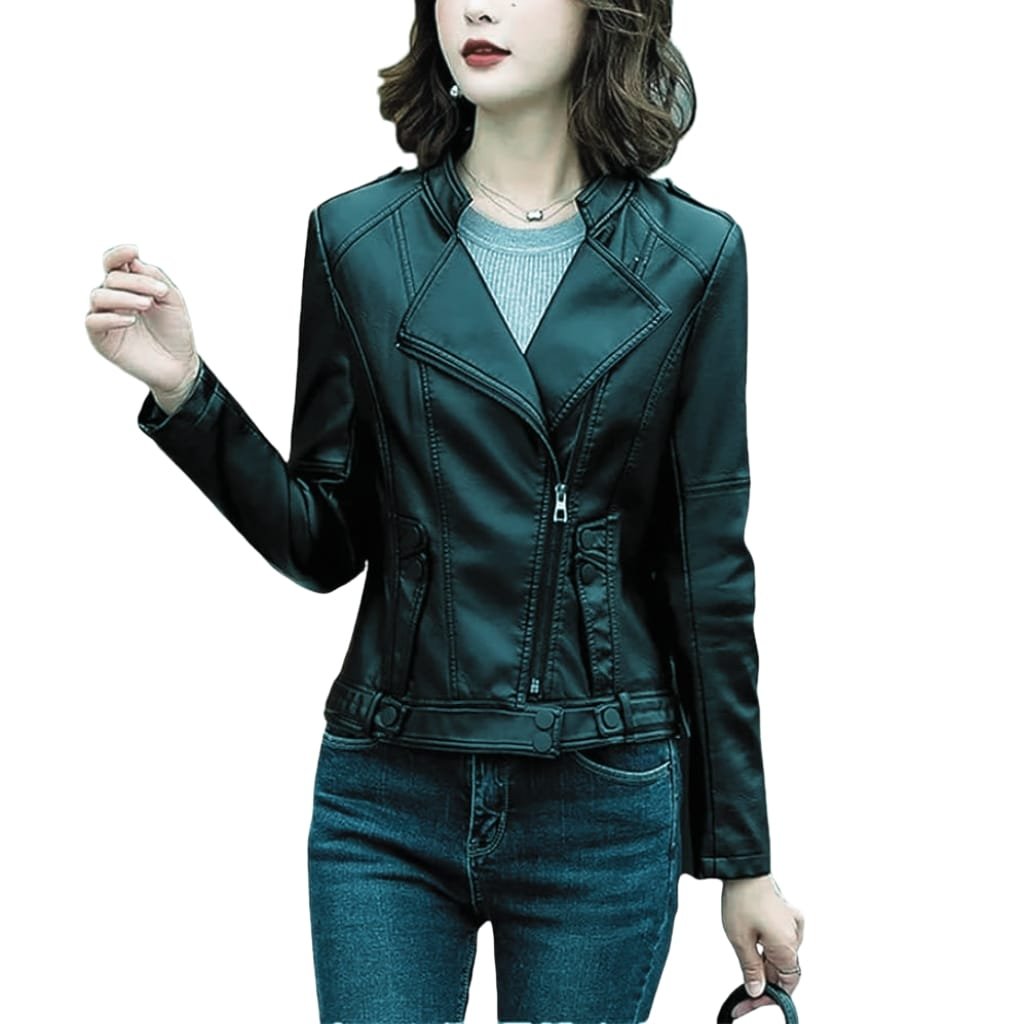
Winter and Cold Weather
Leather naturally provides insulation and wind resistance, especially when paired with a warm lining like fleece, wool, or shearling. Many people wear leather jackets during the fall and winter months as a stylish alternative to puffer coats.
Perfect For:
- Fall layering
- Mild to cold winters
- Outdoor activities
Why It Works:
Lined leather jackets keep you warm and stylish at the same time without the bulk.
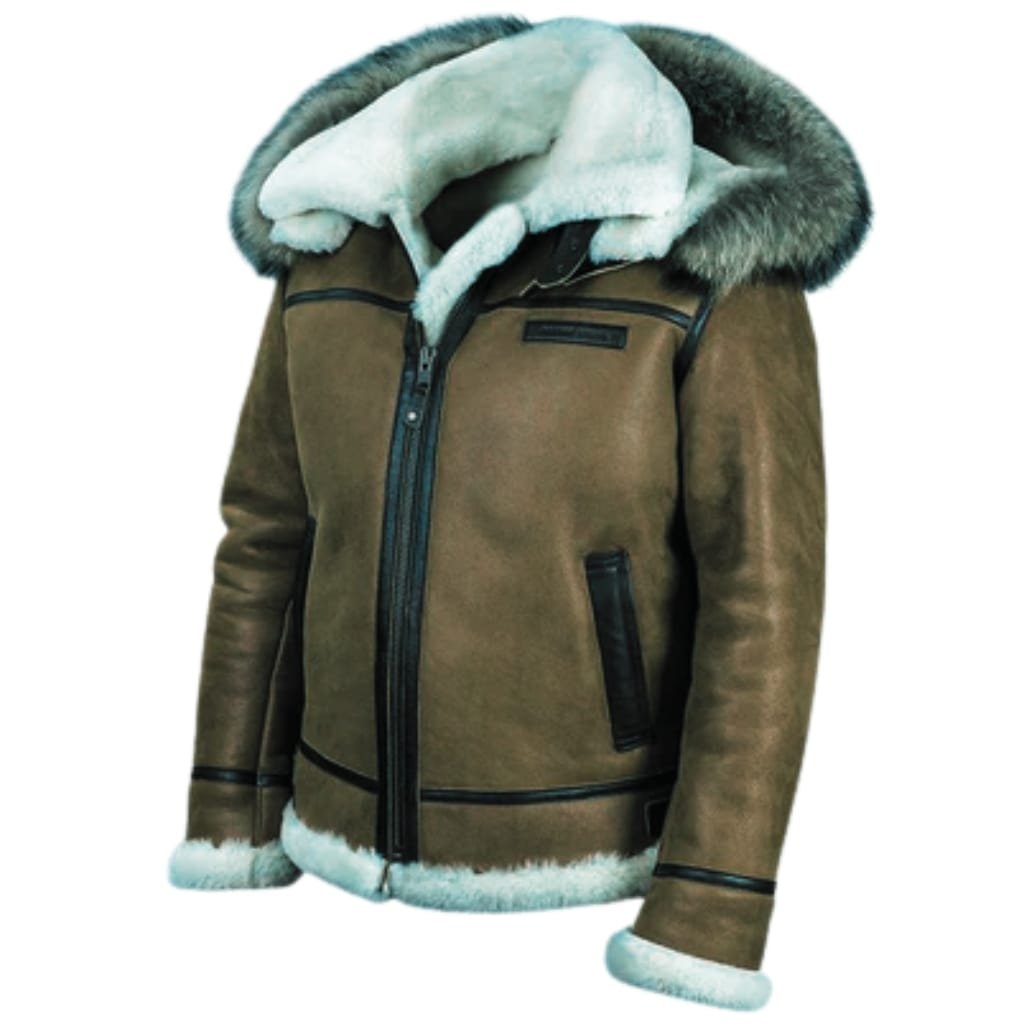
Motorcycling and Biking
Originally designed for motorcyclists, leather jackets provide abrasion resistance and protection during rides. Many biker jackets include features like armor padding, zippers, and reinforced stitching for extra safety.
Perfect For:
- Motorcycle rides
- Biker clubs and events
- Casual motorcycle commuting
Why It Works:
They offer style and safety, protecting against road rash while delivering a rugged look.
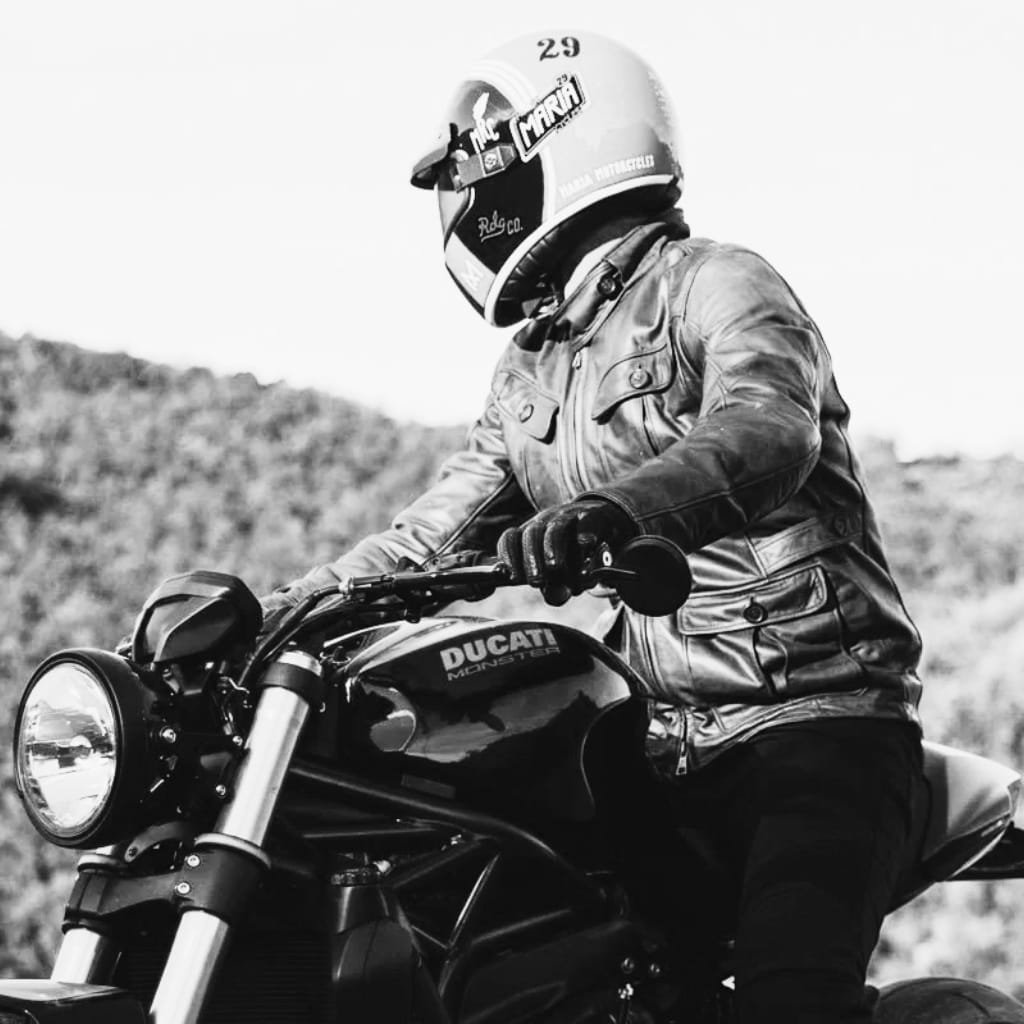
Film, TV, and Celebrity Fashion
Leather jackets have iconic status in pop culture. From James Dean to Tom Cruise, many celebrities have used leather jackets to portray characters that are rebellious, cool, or confident.
Perfect For:
- Fashion photoshoots
- Movie scenes and TV roles
- Music videos and stage performances
Why It Works:
They symbolize boldness, rebellion, and charisma—making them ideal for on-screen and red-carpet appearances.
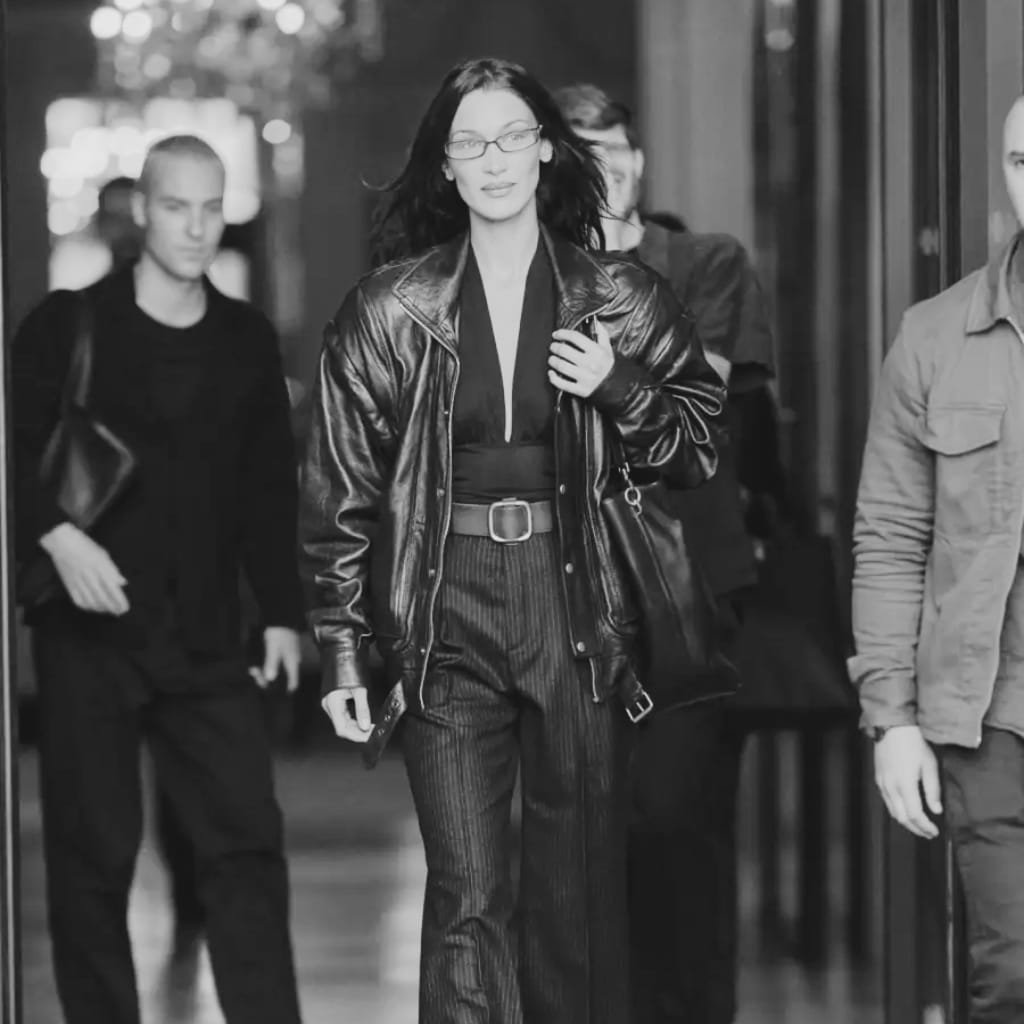
Smart Casual & Work Outfits
Modern leather jackets, especially minimalist or blazer-style versions, can be dressed up for semi-formal and business casual environments. When paired with chinos or dark jeans and dress shoes, they create a smart, polished look.
Perfect For:
- Creative workspaces
- Networking events
- After-office outings
Why It Works:
They strike a balance between professional and stylish, especially in fashion-forward industries.
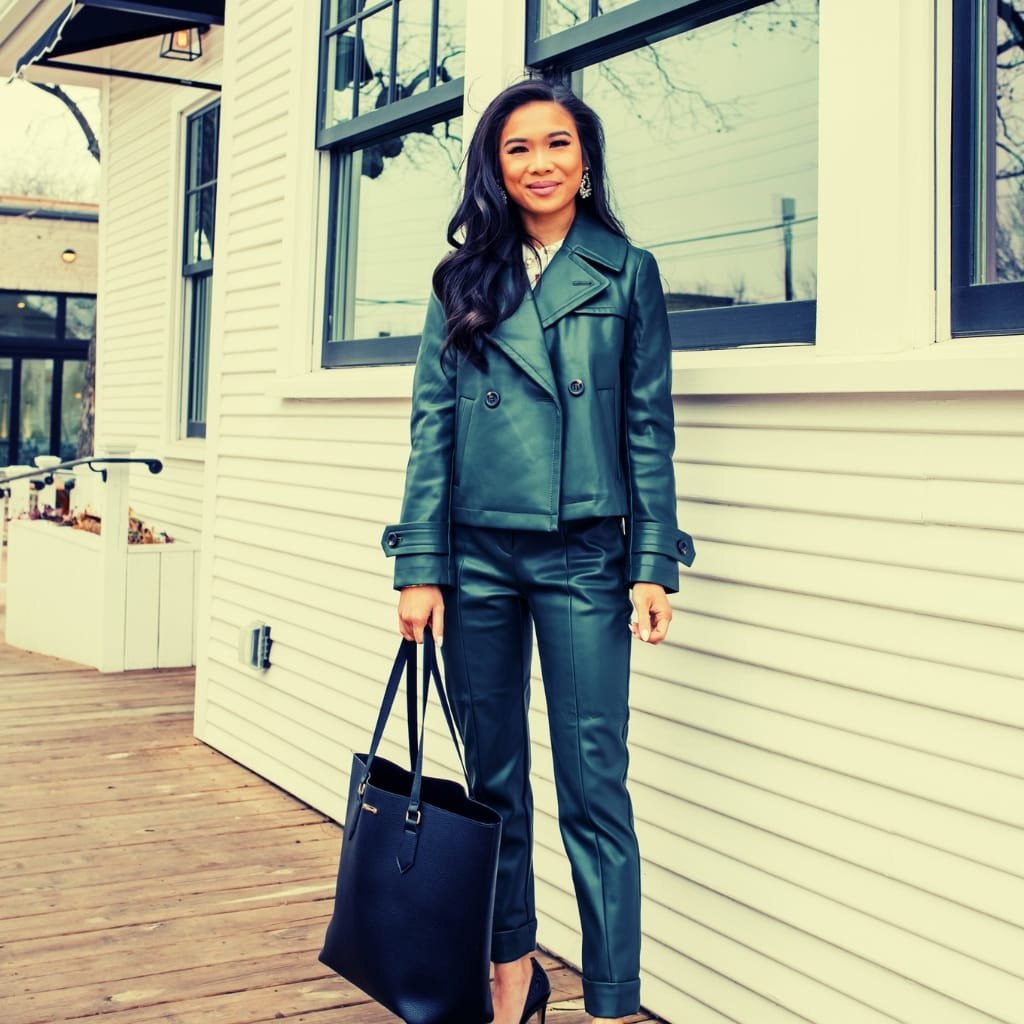
Concerts and Nightlife
Leather jackets are a go-to outfit choice for concert-goers, DJs, and nightlife lovers. Their bold appearance complements music, lights, and dance scenes.
Perfect For:
- Live music events
- Bars and nightclubs
- Parties and festivals
Why It Works:
They look edgy under neon lights and go perfectly with ripped jeans, boots, or sneakers.
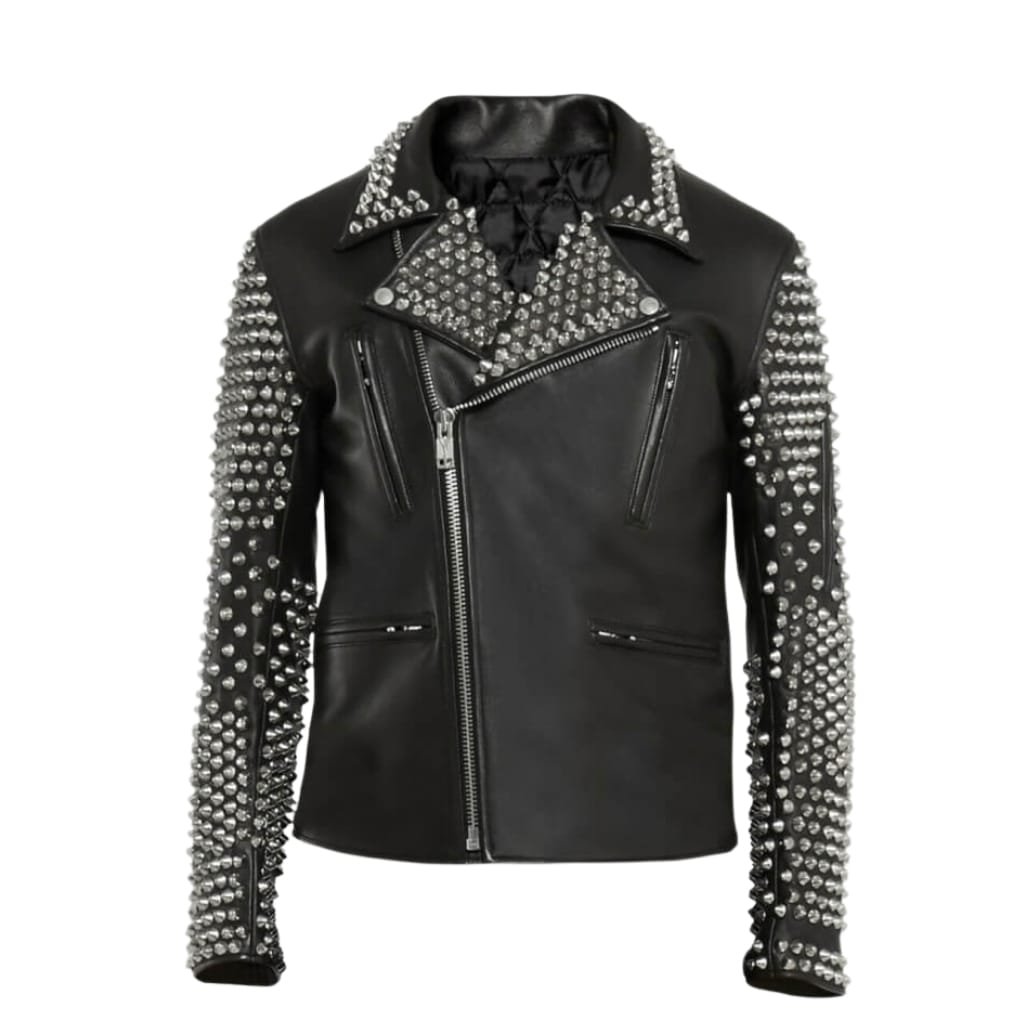
Industrial and Outdoor Workwear
Some leather jackets, especially those made from thicker Cowhide Leather Shirt Jackets , are designed for heavy-duty work environments. They offer protection from heat, sparks, and abrasion, making them ideal for welders, ranchers, and construction workers.
Perfect For:
- Welding and fabrication
- Horse riding
- Farm and ranch duties
Why It Works:
Leather is naturally tough and resistant to tearing or puncture, offering safety where it matters most.

Travel and Adventure
For those who love to travel, especially in cooler climates, leather jackets are a practical and stylish travel companion. They’re easy to layer, pack, and maintain.
Perfect For:
- Airport outfits
- Road trips
- Travel photography
Why It Works:
They stay wrinkle-free, resist dirt, and always look sharp—making them ideal for travelers.
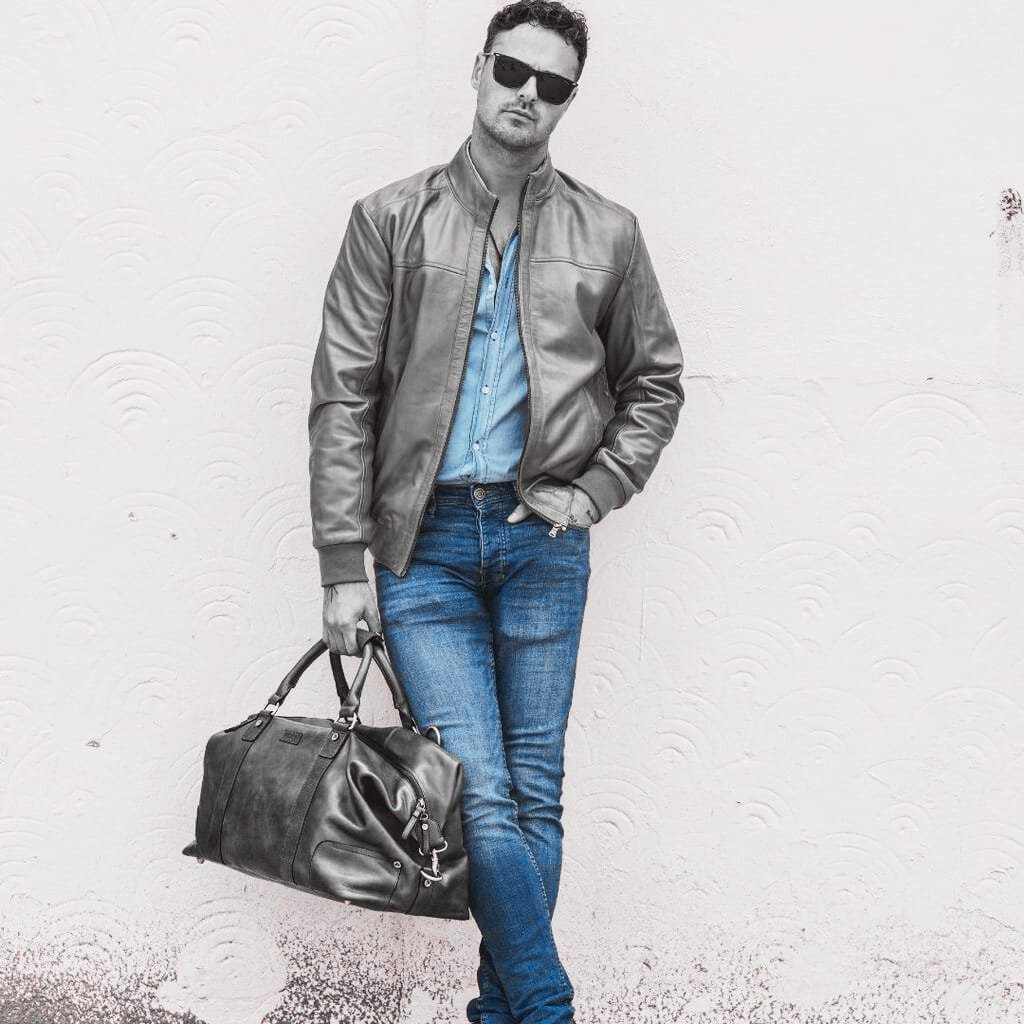
4. Making Process of a Leather Jacket
A Top leather jacket goes through the following processes:
Sourcing the Hide:
Leather is made out of cowhide, goat hide, or sheepskin.
Tanning:
Tanning is the process that changes animal pelts into leather using natural and/or chemical methods like vegetable tanning and chrome tanning.
Drying and Conditioning:
After tanning, the leather dries and is oiled and softened to make it durable and flexible.
Cutting and Stitching:
Leather is cut into jacket parts and stitched with durable threads. Zippers, buttons, and other linings are also added.
Finishing:
The leather jacket’s last steps include polishing, dyeing if necessary, and quality inspection.
5. Biggest Producers of Leather
The top countries producing leather and leather jackets include:
- India – One of the largest producers of finished leather goods
- Italy – Known for luxury, high-quality leather
- China – Mass producer of affordable leather jackets
- Pakistan – Strong in leather tanning and craftsmanship
- Brazil & Vietnam – Key players in raw leather and garment exports
| Country | Known For | Specialty |
|---|---|---|
| India | High-volume & handcrafted leather | Buffalo & goat leather |
| China | Mass production & export | Footwear & upholstery |
| Italy | Luxury and premium leather | Handbags, jackets, designer shoes |
| Pakistan | Affordable, skilled production | Leather jackets, gloves, sports goods |
| Brazil | Cattle-based raw leather | Chrome-tanned leather for furniture |
| Vietnam | Contract manufacturing for big brands | Leather shoes & accessories |
6. Types of Leather for Jackets
Leather jackets come in various types based on the hide and finish:
- Full-Grain Leather: Full-Grain Leather Top-quality, retains natural texture
- Top-Grain Leather: Top-Grain Leather Slightly sanded for smoothness
- Genuine Leather: Genuine Leather Lower layer of hide; affordable but less durable
- Suede: Suede Made from the underside of the hide; soft and velvety
- Nubuck: Nubuck Top-grain leather that’s sanded for a velvet feel
- Faux Leather (PU/PVC): Faux Leather (PU/PVC) Artificial, cheaper, and vegan-friendly
7. Certification Types for Leather
To ensure leather is safe, sustainable, and ethically produced, several certifications exist:
- Leather Working Group (LWG): Promotes sustainable tanning practices
- OEKO-TEX Leather Standard: Verifies leather is free from harmful chemicals
- ISO Certifications: Ensures quality, safety, and environment standards
- REACH Compliance: Manages chemical hazards for European markets
8. Leather Production’s Environmental Impact
The production of leather has positive and negative impacts on the environment.
| Advantages | Disadvantages |
|---|---|
| Untreated leather can biodegrade. | Tanning process uses chromium which contaminates water. |
| Leather’s durability fosters reduction in frequent replacements. | High water use — leather has a large water footprint. |
| Animal welfare concerns related to leather sourcing. | |
| Note: Eco-leather and vegetable-tanned leather are emerging as more sustainable alternatives. | |
9. Is Polyester Cheaper than Leather?
Yes, polyester is much cheaper than leather. Here’s why:
| Feature | Polyester | Leather |
|---|---|---|
| Cost | Low | High |
| Durability | Moderate | Very High |
| Comfort | Breathable blends | Depends on type |
| Eco-Friendliness | Better if recycled | Better if vegetable-tanned |
| Style Statement | Casual | Premium & Classic |
Final Thoughts
Every man needs at least one piece of clothing in his wardrobe that instantly makes him look tough and badass – and that, my friends, is the leather jacket. The long lasting and stylish leather jacket is equally appealing for the biker, a bold fashionista or a person looking for a timeless while versatile piece of durable outerwear.
From its deep-rooted history to today’s environmentally friendly options, leather is a classic that continues to change for the better. As part of a smarter and more ethical wardrobe, remember to select sustainably certified leather.
FAQS
When were leather jackets first invented?
Leather jackets became popular in the early 1900s, especially during World War I. They were first worn by military pilots for protection and warmth.
What is the most iconic type of leather jacket?
The classic biker jacket, introduced in 1928, is one of the most iconic styles. It features an asymmetrical front, wide lapels, and zippered pockets.
What materials are used to make leather jackets?
Leather jackets are usually made from cowhide, lambskin, goatskin, or buffalo hide. Each type offers different levels of softness, durability, and texture.

